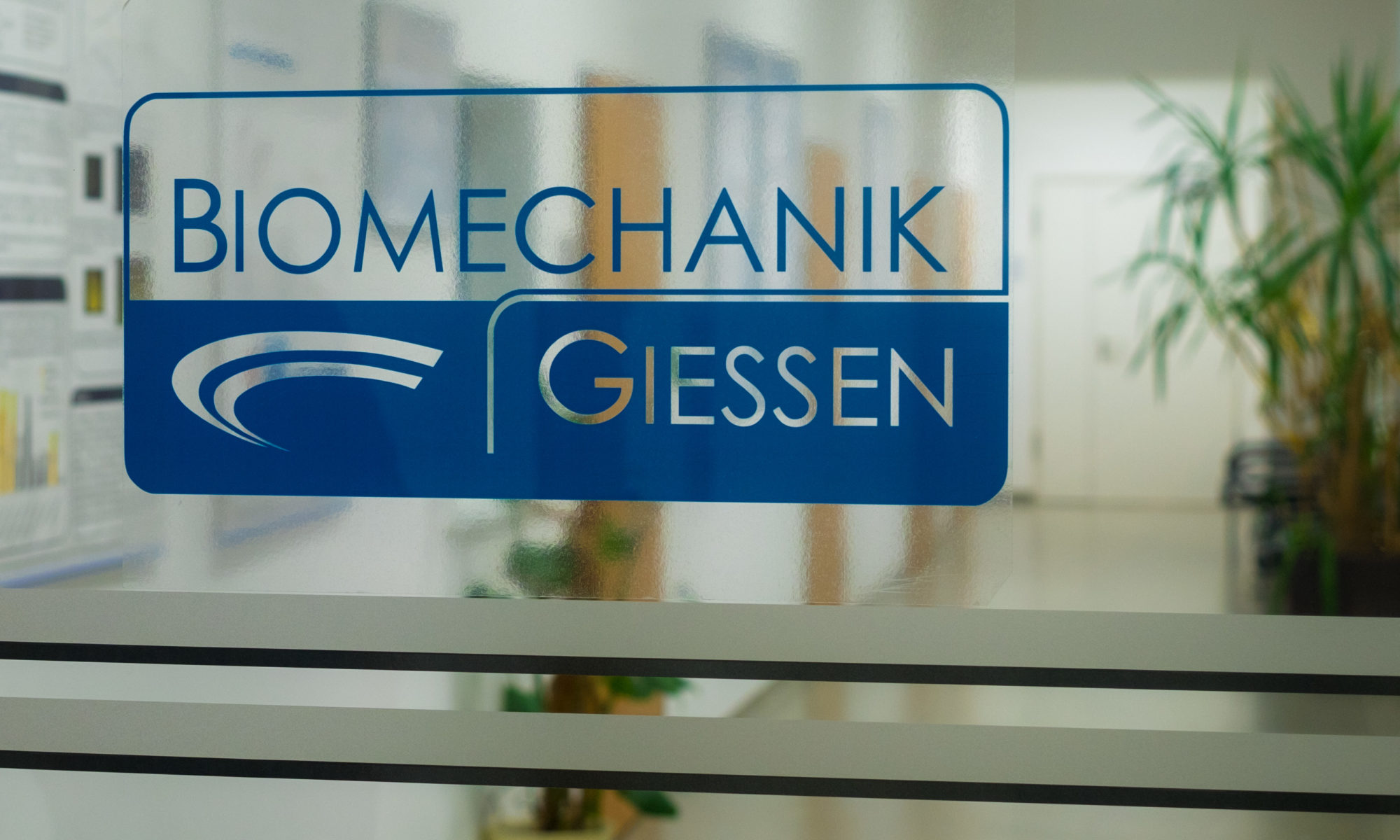Fölsch C 1 , Sahm P 2 , Fonseca Ulloa CA 2 , Krombach GA 3 , Kampschulte M 3 , Rickert M 4 , Pruss A 5 , Jahnke A 2
Cell Tissue Bank. 2021 Dec;22(4):651-664.doi: 10.1007/s10561-021-09924-w. Epub 2021 Apr 24.
- Department of Orthopaedic Surgery, Justus-Liebig-University Medical School, Klinikstrasse 33, 35392, Gießen, Germany. christian.foelsch@ortho.med.uni-giessen.de.
- Laboratory of Biomechanics, Department of Orthopaedic Surgery, Justus-Liebig-University Medical School, Klinikstrasse 29, 35392, Giessen, Germany.
- Department of Diagnostic and Interventional Radiology, Laboratory for Experimental Radiology, Justus-Liebig-University Medical School, Klinikstrasse 33, 35392, Giessen, Germany.
- Department of Orthopaedic Surgery, Justus-Liebig-University Medical School, Klinikstrasse 33, 35392, Gießen, Germany.
- Institute of Transfusion Medicine, University Tissue Bank, Charité University Medical School, Charitéplatz 1, 10117, Berlin, Germany.
Abstract
Antibiotic carrier particles of variable size might influence mechanic properties within impacted thermodisinfected and native cancellous bone different. Herafill®G containing calciumsulfate and calciumcarbonate provides high local concentrations of gentamicin being important for revision surgery in infected joint replacements. Native and thermodisinfected cancellous bone derived from 6 to 7 months old piglets was used for in vitro impaction bone grafting and supplemented each with Herafill®G granules of two different sizes. Micromovement of implants related to shear force was measured in 29 specimens distributed in 6 groups. Thermodisinfected cancellous bone revealed a significant higher shear force resistance than native bone with a mean difference of 423.8 mdeg/Nm (p < 0.001) ranging within 95% confidence interval from 181.5 to 666.0 mdeg/Nm. Adding small granules to thermodisinfected bone did not reduce shear force resistance significantly since adding large granules to native bone improved it by 344.0 mdeg/Nm (p < 0.003). Shear force resistance was found higher at the distal region of the implant compared to a proximal point of measurement throughout all specimens. Less impaction impulses were necessary for thermodisinfected bone. Thermodisinfected cancellous bone might achieve a higher degree of impaction compared with native bone resulting in increased resistance against shear force since impaction was found increased distally. Supplementation of thermodisinfected bone with small granules of Herafill®G might be considered for application of local antibiotics. Large granules appeared more beneficial for supplementation of native bone. Heterogeneity of bone graft and technical aspects of the impaction procedure have to be considered regarding the reproducibility of femoral impaction bone grafting.
Keywords: Allogeneic bone; Bone bank; Bone reconstruction; Femoral impaction bone grafting; Infection joint replacement; Local antibiotic therapy; Thermodisinfection.
